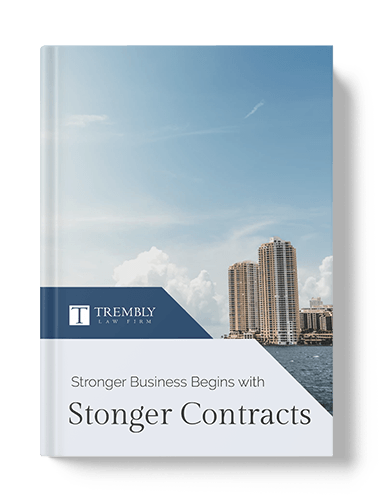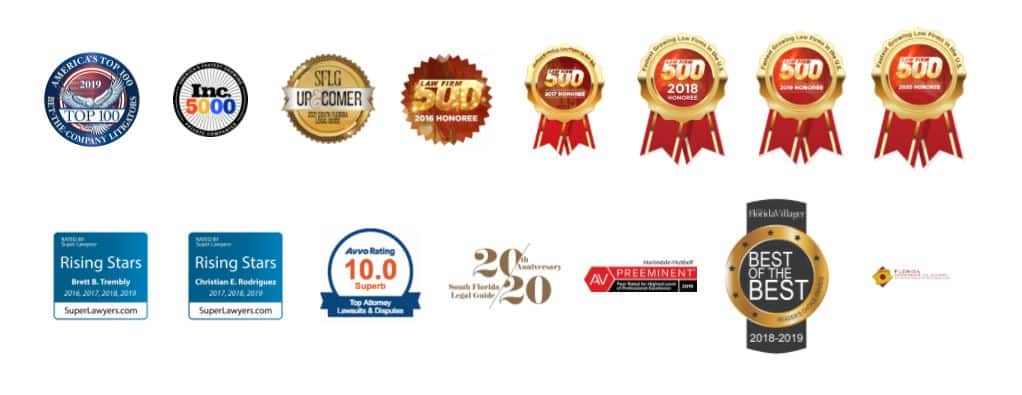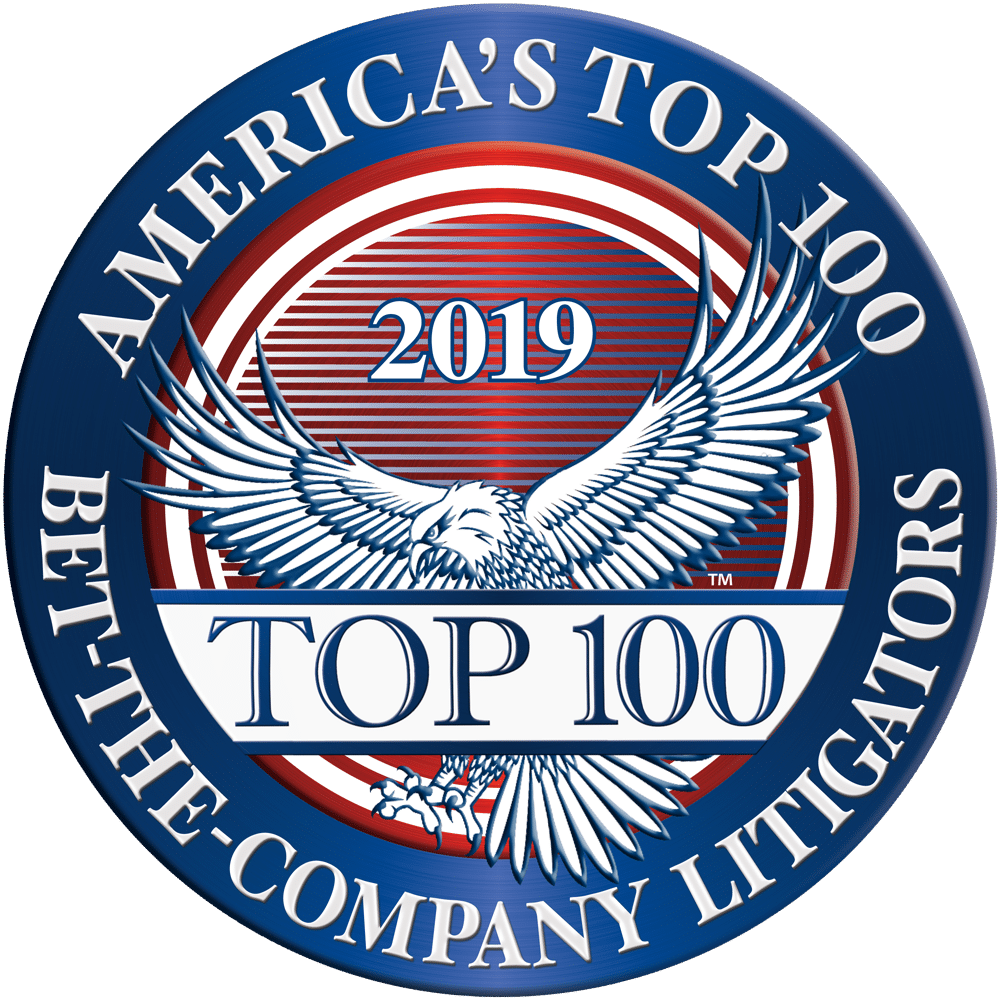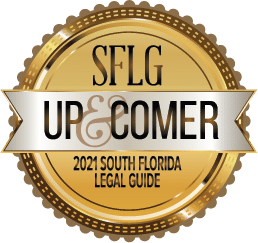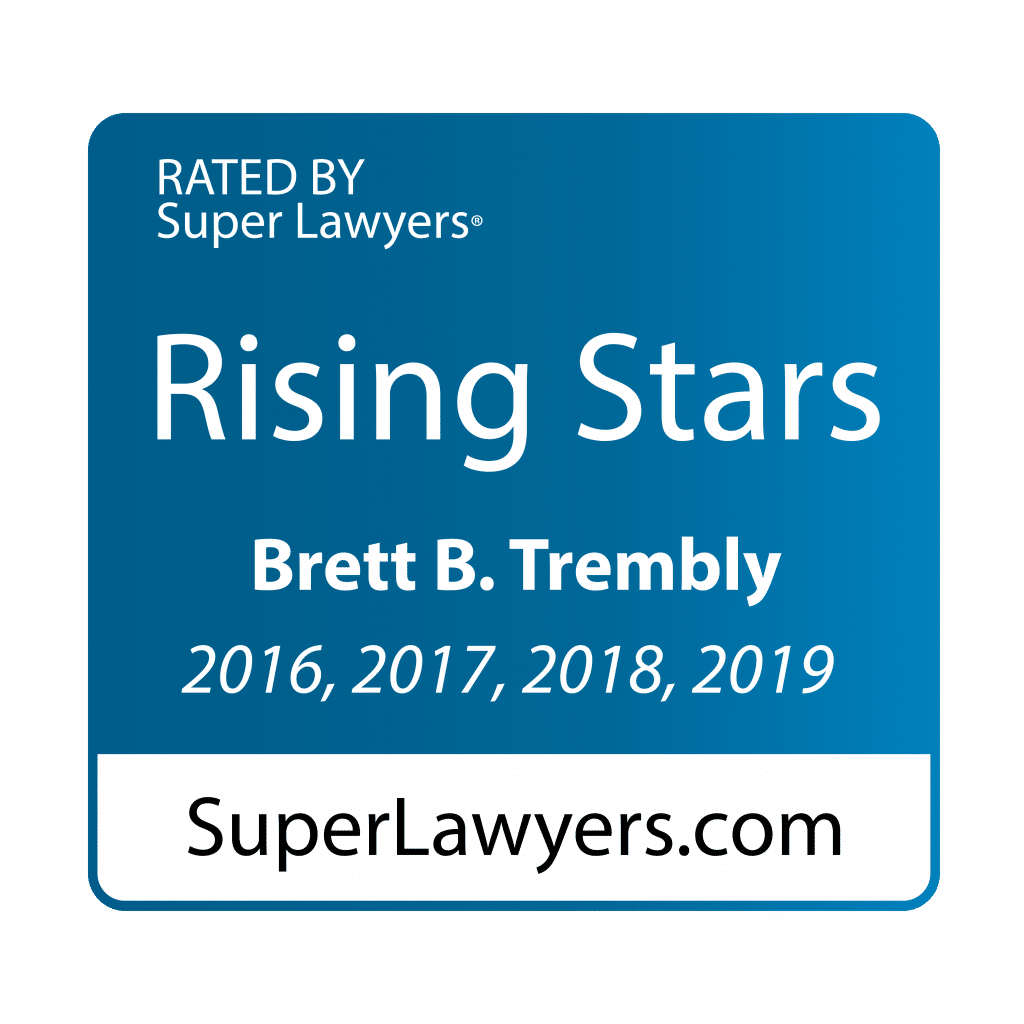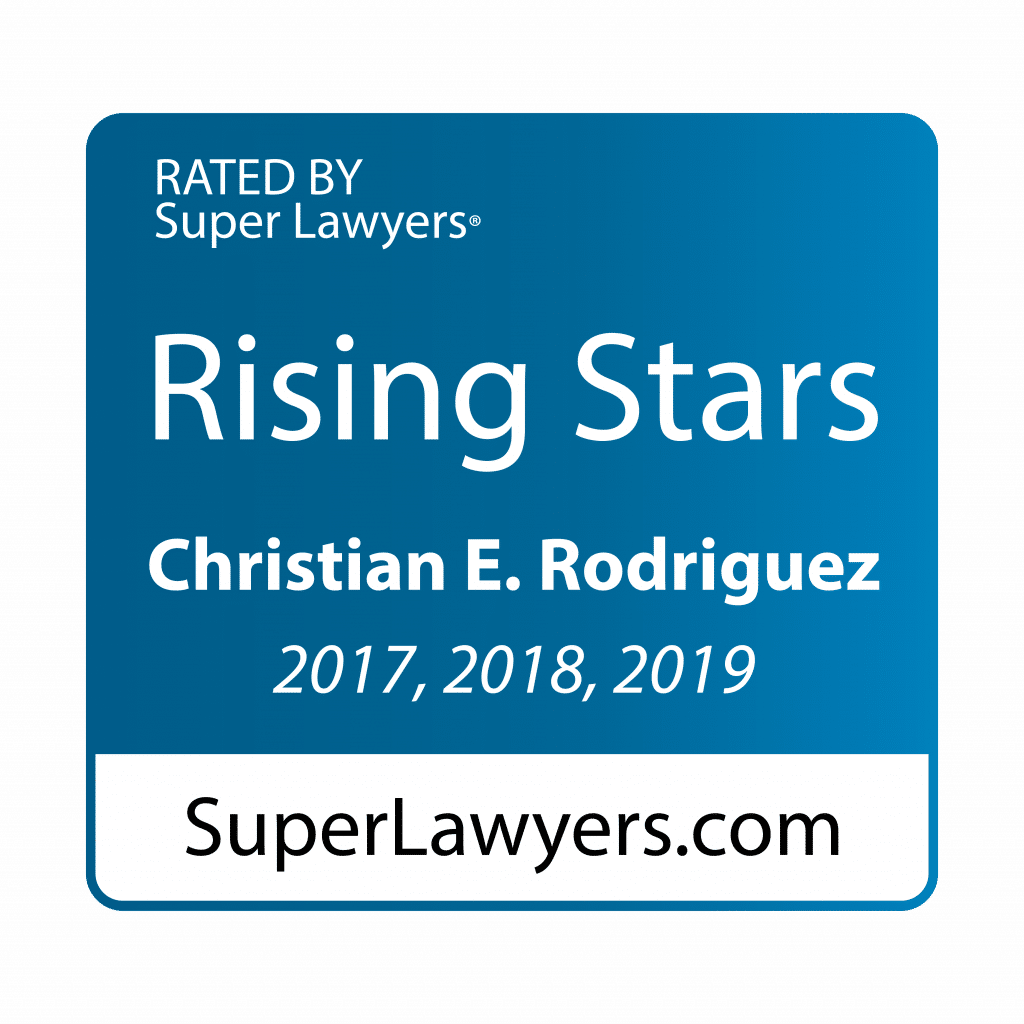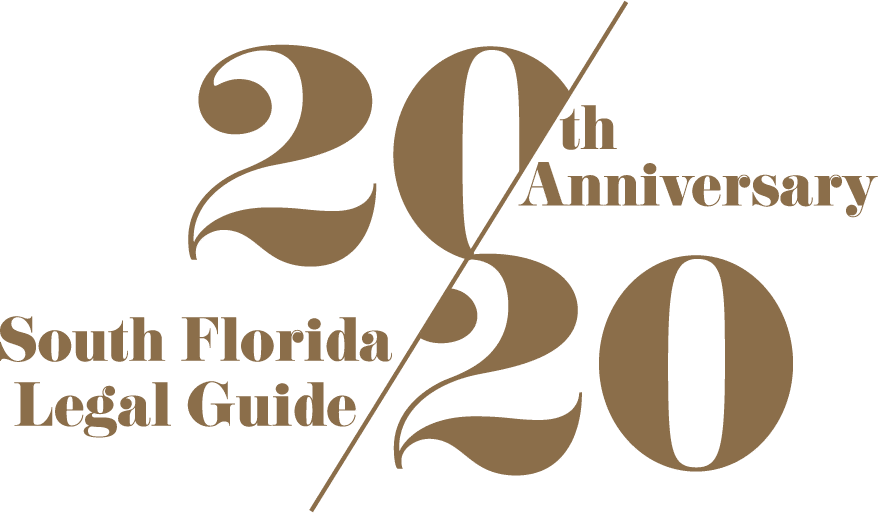The Paycheck Protection Program (“PPP”) was an extremely significant contribution to the U.S. economy. The coronavirus – or “COVID-19” – which arrived in the U.S. in the first quarter of 2020, has wreaked havoc on both the health and the economic conditions of our country.
To improve the economic damage of the coronavirus, the PPP loans were injected throughout the economy. The aim of the loan program was to prevent job loss, so the loans were designed to be forgivable under certain conditions. Although having a forgivable loan sounds great, the truth is that the conditions of PPP forgiveness are not easy to understand. In this post, we’re going to try to navigate through the scary fog of the PPP loan forgiveness process.
Be Aware – or Beware! – of Loan Forgiveness Application Deadlines & Considerations
The first thing to know about the PPP loan forgiveness process is the fact that there are deadlines which borrowers need to be conscious of. In point of fact, there are really two deadlines – or timelines, to be more accurate – which borrowers need to keep in mind when it comes to applying for loan forgiveness. The first is the maturity date of the loan. For PPP loans, the maturity date is either 2 years or 5 years from the date of the loan disbursement. PPP loan borrowers can apply for forgiveness at any point prior to the end of the maturity date of the loan.
However, the other timeline borrowers need to be aware of is the “covered period,” which refers to the period during which no loan payments are due. For those who received loans after June 5, the covered period is the earlier of 24 weeks, or December 31, 2020; for those who received loans prior to June 5, the covered period can be either 8 weeks, or 24 weeks. Borrowers are not required to make any payments on loans during the covered period, or during the 10 month period immediately following the covered period. Importantly, once a borrower has applied for forgiveness, they are no longer required to make payments; this is true even if the covered period expires while they are still having their application reviewed.
Borrowers need to be aware of the fact that these timelines could be changed. The Congress may amend these timelines to be even more favorable to buyers than they are at the present time. This means that borrowers need to continue to pay attention to all pending legislation.
Be Aware of Shifting Interpretations on Loan Forgiveness Eligibility
The requirements which determine eligibility for PPP loan forgiveness may be subject to shifting interpretations. This is another reason why borrowers need to be conscious about developments going on with the administration of PPP loans. One of the key requirements has recently been the subject of conflicting interpretations: originally, the “60%” rule was considered a fixed requirement for loan forgiveness. This meant that companies needed to use at least 60% of the loan funds for payroll, or else forfeit forgiveness eligibility. However, the SBA recently revised its interpretation of this rule, and now interprets it as a proportional guideline, rather than a fixed requirement. This means that companies which spend less than 60% of the funds on payroll may be entitled to forgiveness which is proportional to how much they devoted to payroll.
In short, borrowers need to stay on top of these interpretations, or else risk losing vital information. All the eligibility requirements, not just the 60% rule, may be interpreted differently at some point in the future. Borrowers need to check in repeatedly to stay current.
Be Aware of the Substantial Documentation Requirements
Another thing which borrowers must be aware of is the documentation requirement of PPP loans. When borrowers submit their forgiveness application to lenders, they must submit copious documentation in order to prove all their claims. The documentation must clearly show how the funds were used. This is necessary to ensure that the borrower complied with all requirements, including the 60% rule. Borrowers need to ensure that all submitted documentation is accurate. If the lender finds errors, the lender will attempt to correct the errors; but if surviving errors reach the SBA’s review, the application could be in jeopardy. What’s more, the SBA makes a request for a specific document and the borrower cannot produce that document, then the application could also be in jeopardy.
Contact the Trembly Law Firm for More Information
The PPP loan forgiveness process appears to be pretty grueling. But as long as you prepare all necessary documents, submit your application in a timely fashion, and comply with all requirements, you should be alright. Of course, this is all much easier spoken than accomplished. If you need counsel on this issue, and many PPP borrowers likely will need counsel, give the lawyers at the Trembly Law Firm a call today at (305) 431-5678.

